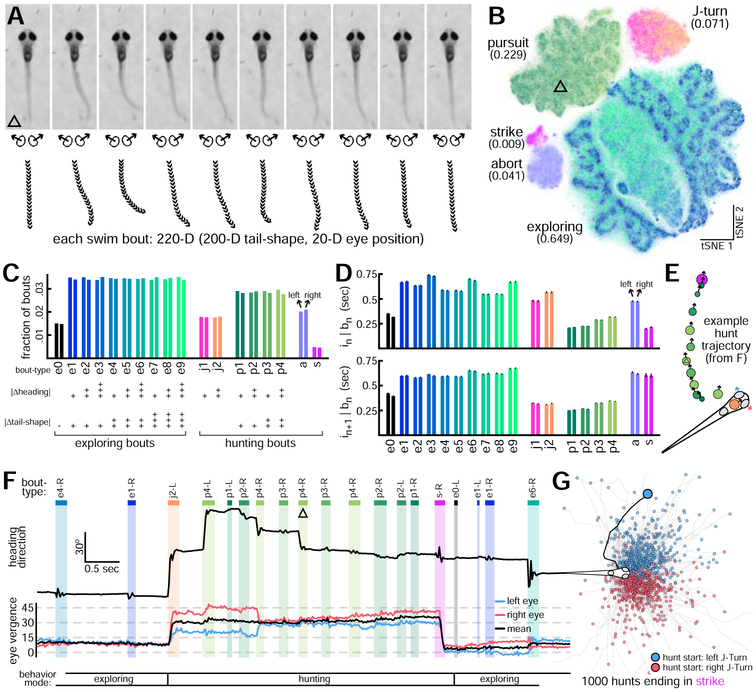Figure 2: Exploring and Hunting Bout-Type Categorization.
A. Bouts are represented as 10-frame postural sequences beginning at bout initiation. Bout shown immediately follows image from Figure 1J. B. Bout dataset embedded in 2-D space with tSNE. 5 bout-classes (abundances in parentheses) identified with density-based clustering (see Figure S2). Location of bout from A indicated with triangle. Each bout is a point, colored by bout-type (see C for colormap). C. Large bout-classes are subdivided to get bout-types. Plus signs indicate kinematic parameter magnitude. D. Duration (mean ± SE) of interbout intervals preceding (top) and following (bottom) left and right versions of each bout-type. E. Trajectory of 13-bout hunt ending in strike. Circle locations and arrows indicate head position and heading direction preceding bout initiation. Circle colors indicate bout-type. Circle areas are proportional to ∣ Δ tail-shape∣. F. Hunt from E contained in a longer bout sequence. Heading direction and eye vergence angles shown over time with bout and interbout epochs indicated. Bout from A indicated (triangle). See Video S2 for corresponding video data. G. Trajectories from 1000 complete hunts ending in strike (black line: hunt from E).

